-
Car Reviews
- All reviews
- Midsize SUVs
- Small cars
- Utes
- Small SUVs
- Large SUVs
- Large cars
- Sports SUVs
- Sports cars
- Vans
Latest reviews
- Car News
-
Car Comparisons
Latest comparisons
- Chasing Deals
After 21 years, the Cerato nameplate is gone from the Australian market – replaced by a next-generation model called K4.
Kia is applying the K4 name to its small car after years of varying nomenclature in different markets, such as K3 in Asia and Forte in the US. The K4 badge is borrowed from a China-specific car.
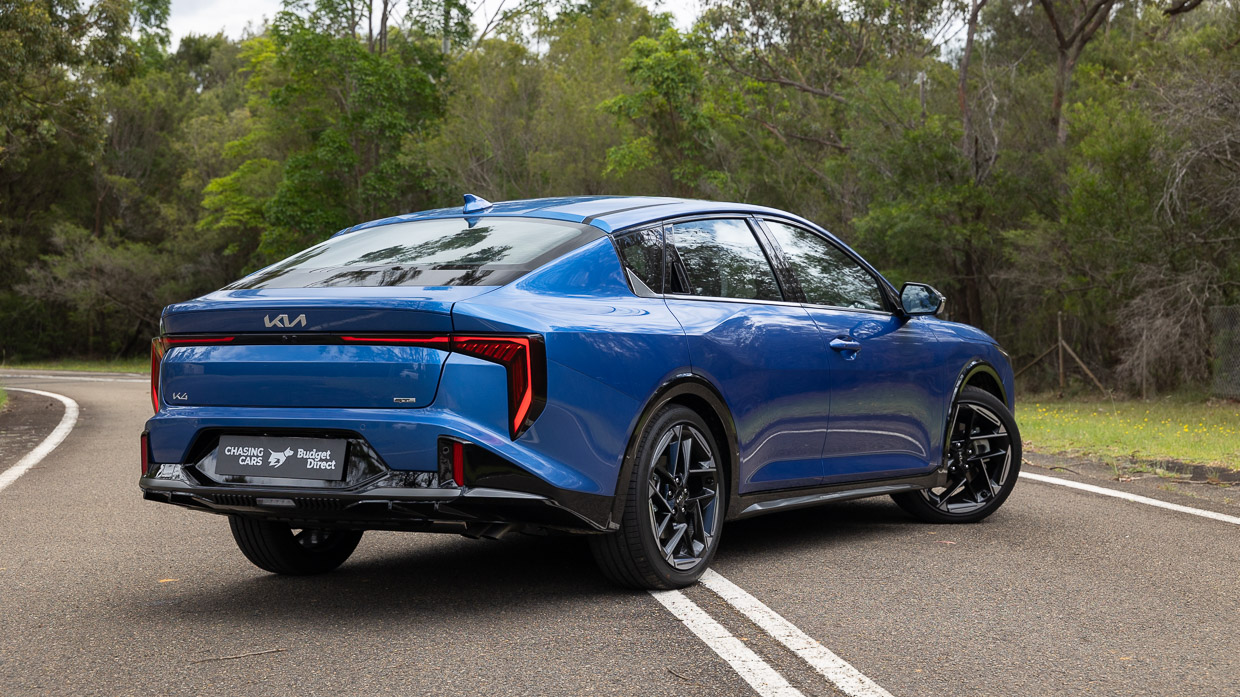
The ‘small car’ reference is something of a misnomer now, because the K4 sedan takes vehicle length into midsize territory – growing 7cm over the Cerato sedan to 4.7 metres.
The bigger dimensions and bolder styling makes it tempting to dub the K4 sedan the ‘Baby Stinger’, though there’s no rear drive or six-cylinder engines here, alas. The K4 remains resolutely front-drive, sharing its platform with the Hyundai i30 Sedan that’s already been around for a little while.
A replacement for the Cerato hatch is coming, with the K4 hatch due in late 2025.
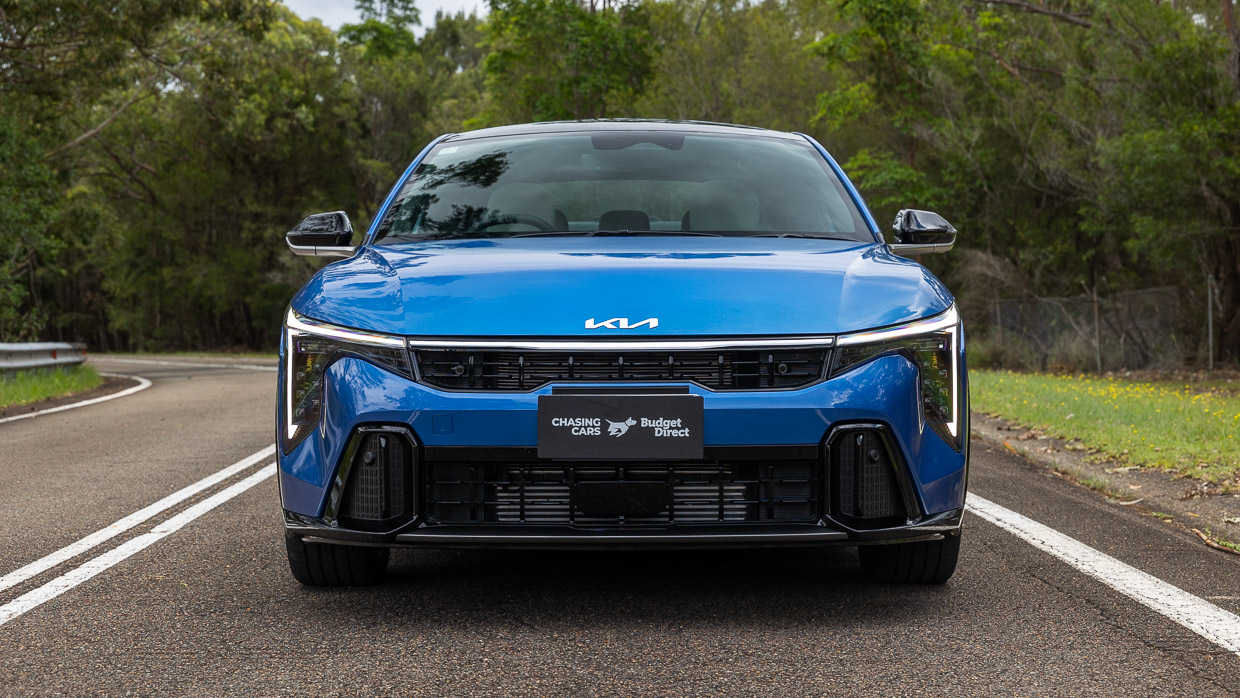
Kia’s ‘star map’ vertical headlight and tail-light design is borrowed from electric Kias such as the EV9 large SUV and EV5 midsize SUV to contribute to the K4’s more ambitious styling, which brings other interesting design cues such as the hidden rear doorhandles, flying-buttress-style C-pillar and right-angled rear side window.
For now there’s no electrification under the bonnet, or anything notably new. Kia Australia says it has its hand up for the hybrid drivetrain available in the i30 Sedan, otherwise for now it’s the same 2.0-litre non-turbo and 1.6-litre turbo four-cylinders carrying over.
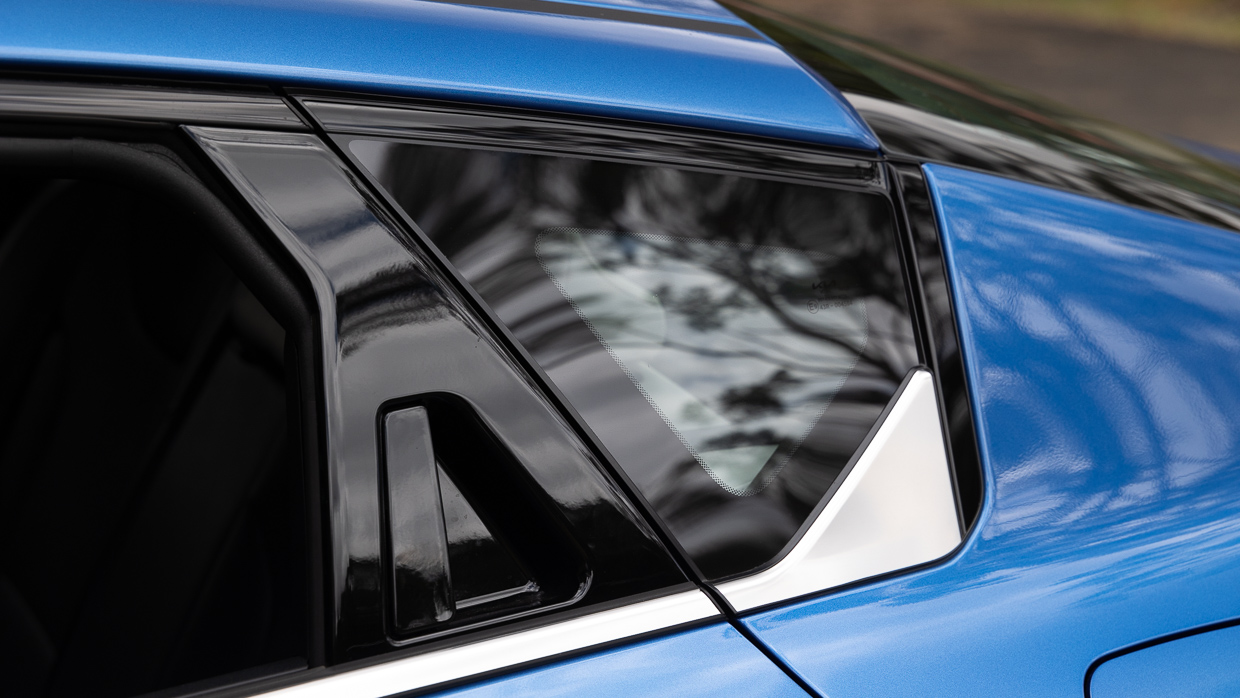
While we’ve driven the Sport+ grade, this review focuses on the flagship GT-Line that switches out the ‘GT’ moniker previously used for the top-spec Cerato and is tipped to be the most popular K4 with buyers.
The GT-Line’s list of inclusive gear is long as expected, gaining multiple features over any other K4.
This starts with an exterior that upgrades LED headlights to the projector style and adds LED foglights, but most extras are reserved for the interior: alloy pedals, sunroof, ambient lighting, electric driver’s seat, heated steering wheel, while both front seats feature heating and ventilation.
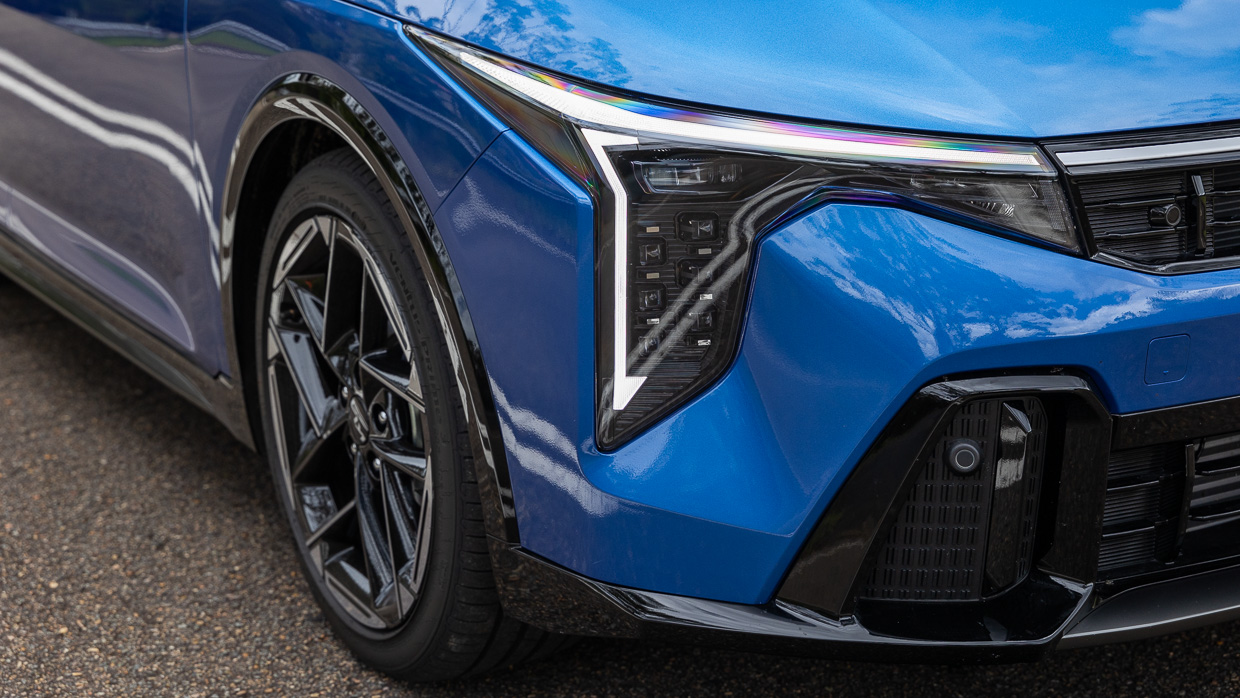
It’s quite a similar spec to the outgoing Cerato GT, with some brand switches such as the audio changing from JBL to Harman Kardon. The GT-Line’s upholstery downgrades from “leather accented” to artificial leather (shared with the Sport+ but different in colours).
Some of the GT-Line’s exclusives also showcase some obvious holes in other K4 models. It’s the only grade to feature a pleather steering wheel where every other K4 surprisingly makes do with a plastic steering wheel. Ditto wireless charging is missing from even the Sport and Sport+ mid-range models.
Auto wipers are only standard on Sport+ and GT-Line, while the latter would ideally offer an electric front passenger seat and an auto up/down window for the driver only feels very early-2000s.
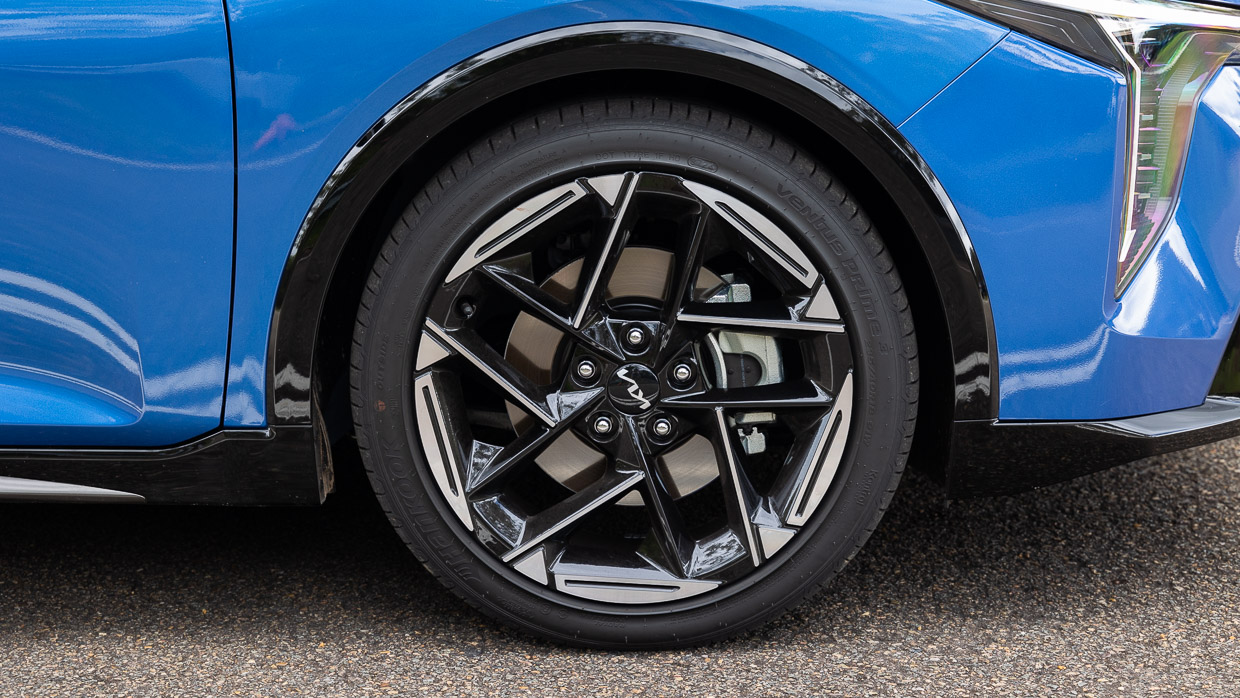
Wheels are alloy from base up and differ simply in design and size – 16s for the S, 17s for Sport and Sport+, and 18-inch rims for the GT-Line.
Not including exterior colour choices ($600 a pop bar the standard Clear White, but including new selections such as our test car’s Wave Blue and a pale-green dubbed Honeydew), the entry S is the only K4 to come with an option box to tick – a Safety Pack that adds $2000 to the drive-away price and brings a more advanced AEB (autonomous emergency braking) system, but also fancier dash tech in the form of the Integrated Panoramic Display and dual-zone climate control.
If equipment differs little from the Cerato, some new safety features aside, the K4’s cabin at least steps up design and technology.
Making the biggest contribution to improved presentation (and tech) is that Integrated Panoramic Display – a trio of digital screens encompassing a 12.3-inch touchscreen, 5.0-inch climate panel, and 12.3-inch driver cluster.
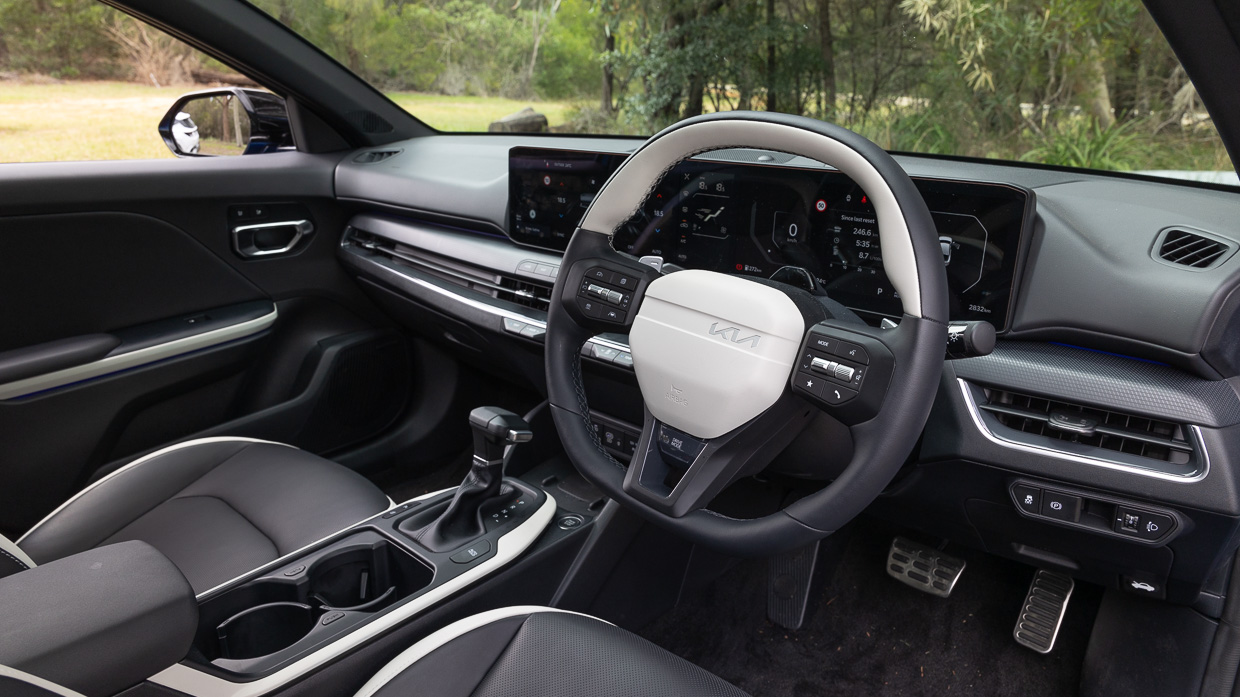
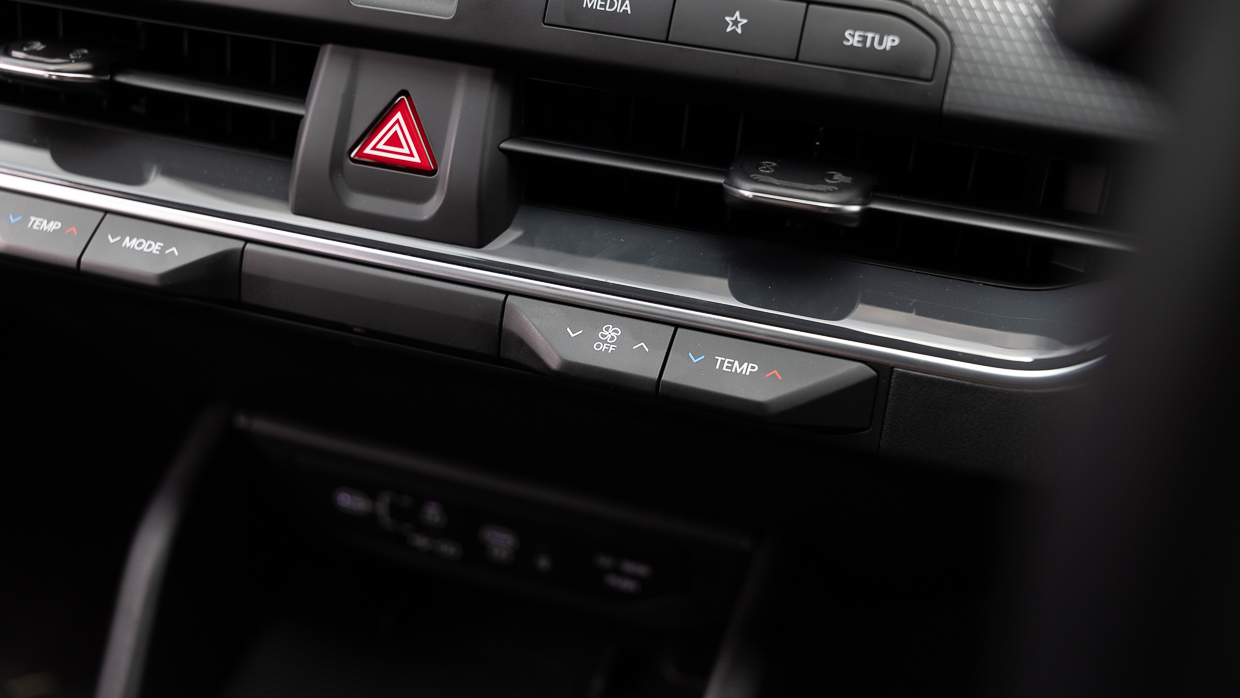
Its software has the ability to be updated over the air via Kia Connect, a service that also allows for some smartphone-car connectivity such as cabin climate setting before entering the vehicle.
Kia has been wise to retain some physical controls for frequently used functions such as fan/temp control and some infotainment shortcuts.
The GT-Line’s pleather seats proved to be amply comfortable for an ultra-long drive from Melbourne to Sydney, though they subsequently became uncomfortably sticky over a handful of scorching Sydney days.
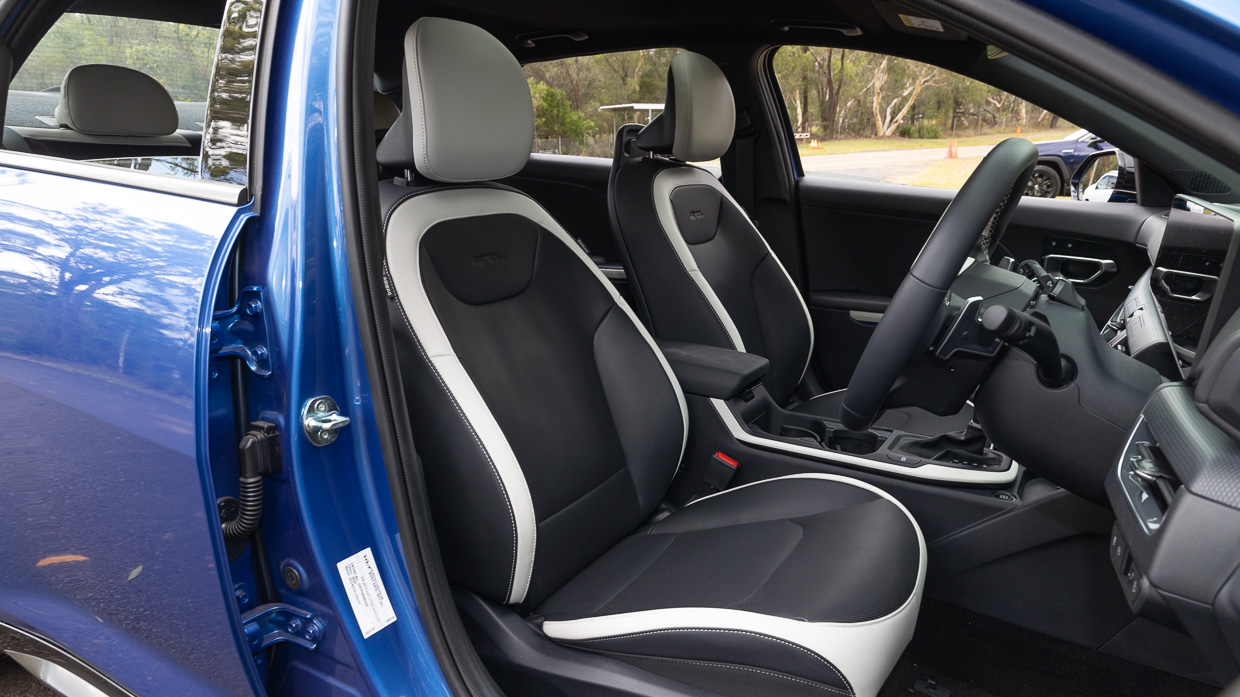
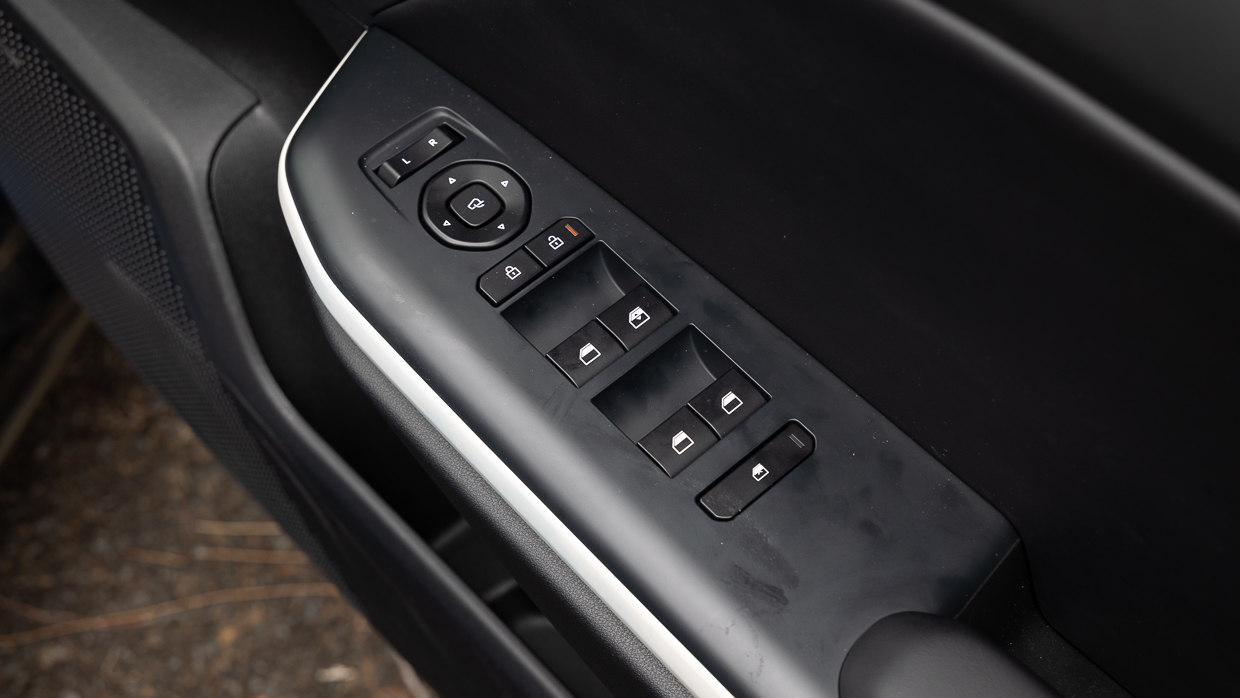
They look smart, though, in two-tone black and white, matching neatly to the steering wheel.
Materials quality is generally patchy throughout the K4 range, failing to match the step forward in interior design.
Hard, scratchy plastics are common, and particularly noticeable in the rear seat where the upper doorcards swap from yielding to solid. The door armrests are also easily smudged.
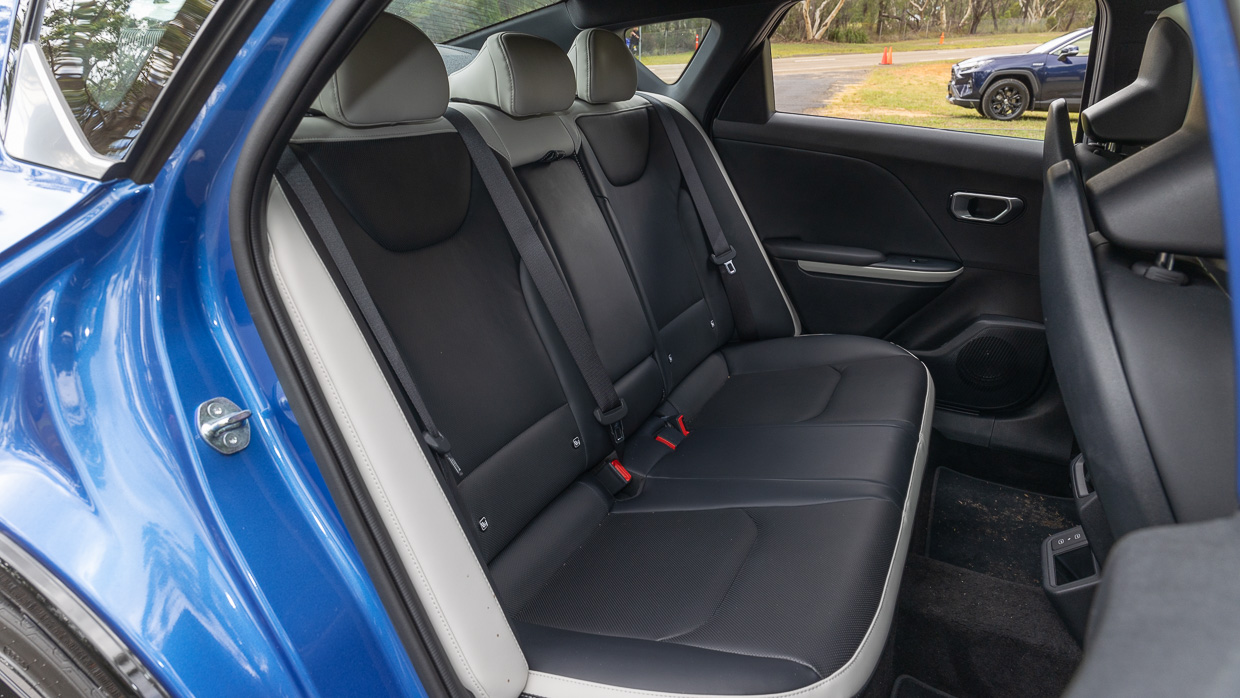
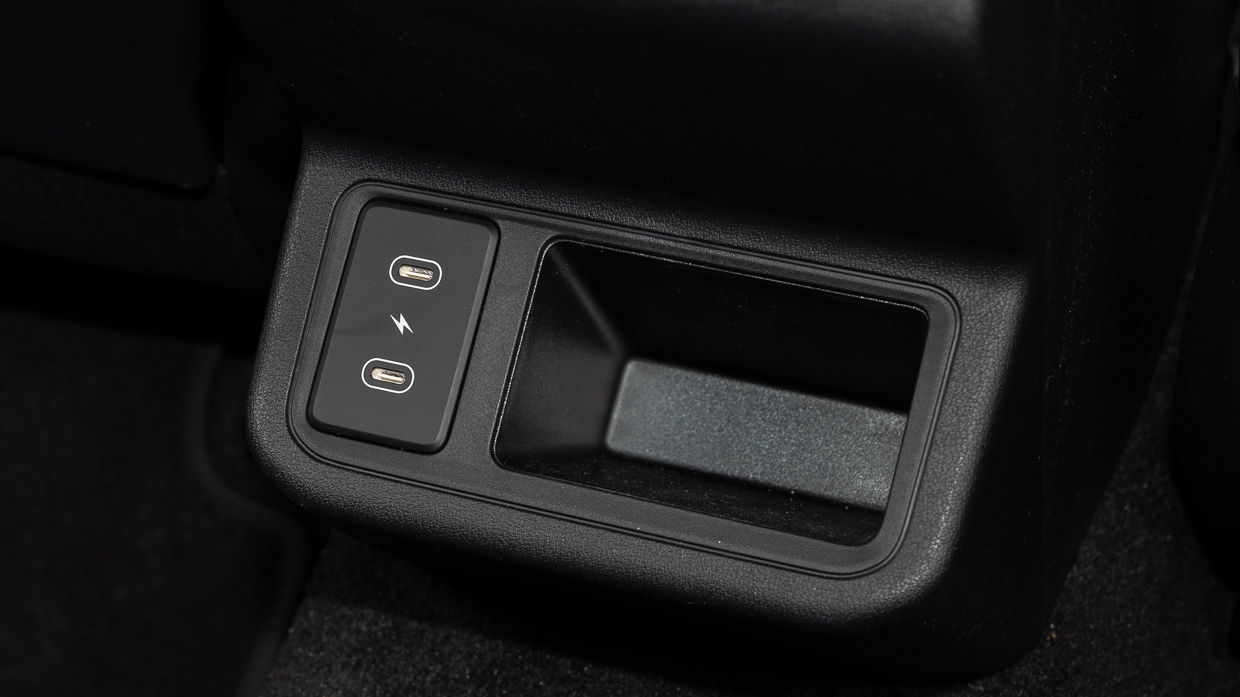
K4 is very much a midsized sedan in terms of rear-seat space, which provides nearly six centimetres of extra kneeroom over the Cerato sedan, according to Kia. Headroom is less generous and shrinks slightly, as does shoulder room.
Several storage options, USB ports of both types, pull-down centre armrest, and vents continue the more favourable side of the back-seat experience.
Boot space increases by just six litres to a still-handy 508L, a bigger luggage compartment than a Corolla sedan but less than the 600-plus litres offered by a Skoda Octavia.
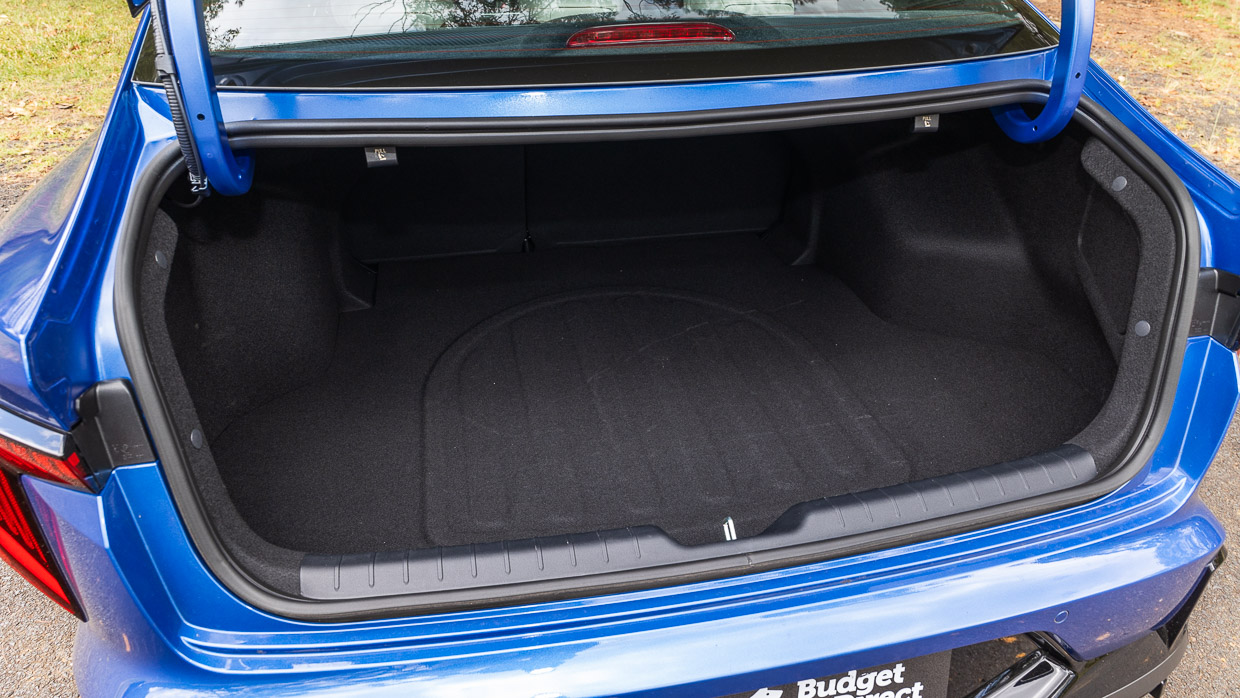
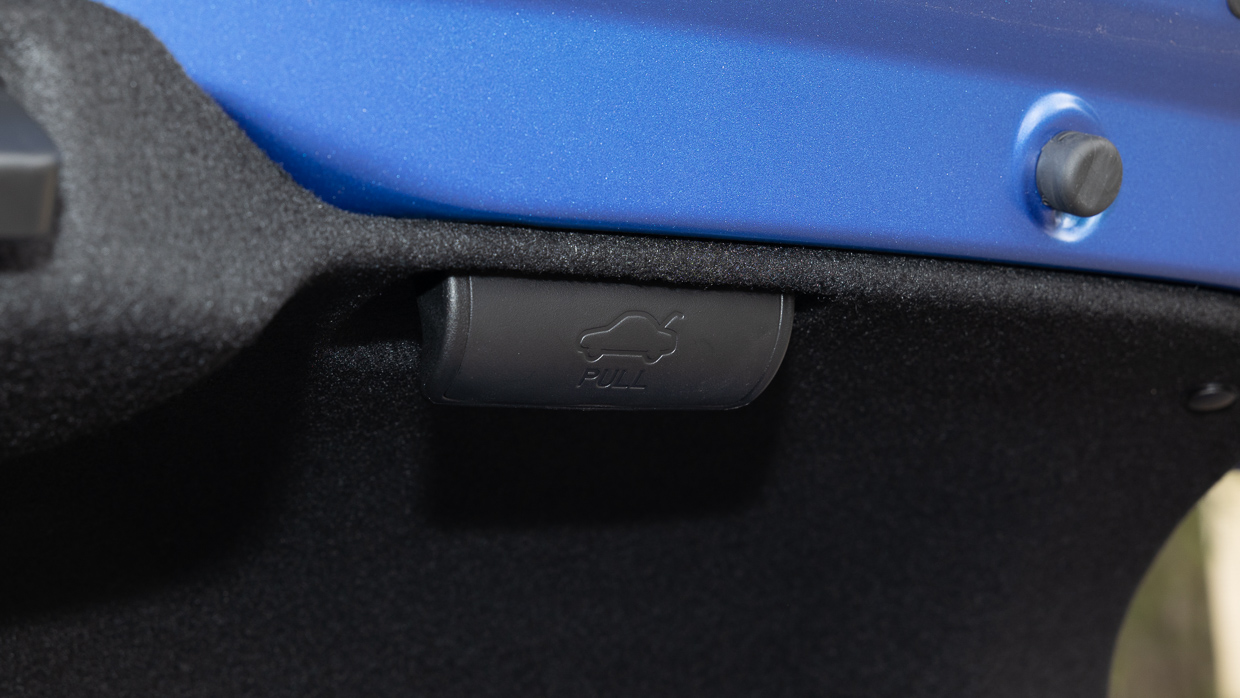
A space-saver space wheel is also included under the boot floor.
The Czech rival also has a more practical liftback hatch where the K4, despite suggestions from its sleek-roofed shape, has a more conventional bootlid (and bag-crushing gooseneck hinges, too).
Extra practicality, however, comes with release levers that lower the split rear seatbacks to accommodate longer items.
Following the Cerato, as well as its platform twin the i30 Sedan, K4 models powered by a 2.0-litre normally aspirated four-cylinder feature a torsion beam rear suspension, with the more sophisticated multilink reserved for 1.6L turbo petrol models – in the Kia’s just the one, the GT-Line.
Technically, this might point to the GT-Line being the standout for ride and handling, yet it’s not a clear-cut case.
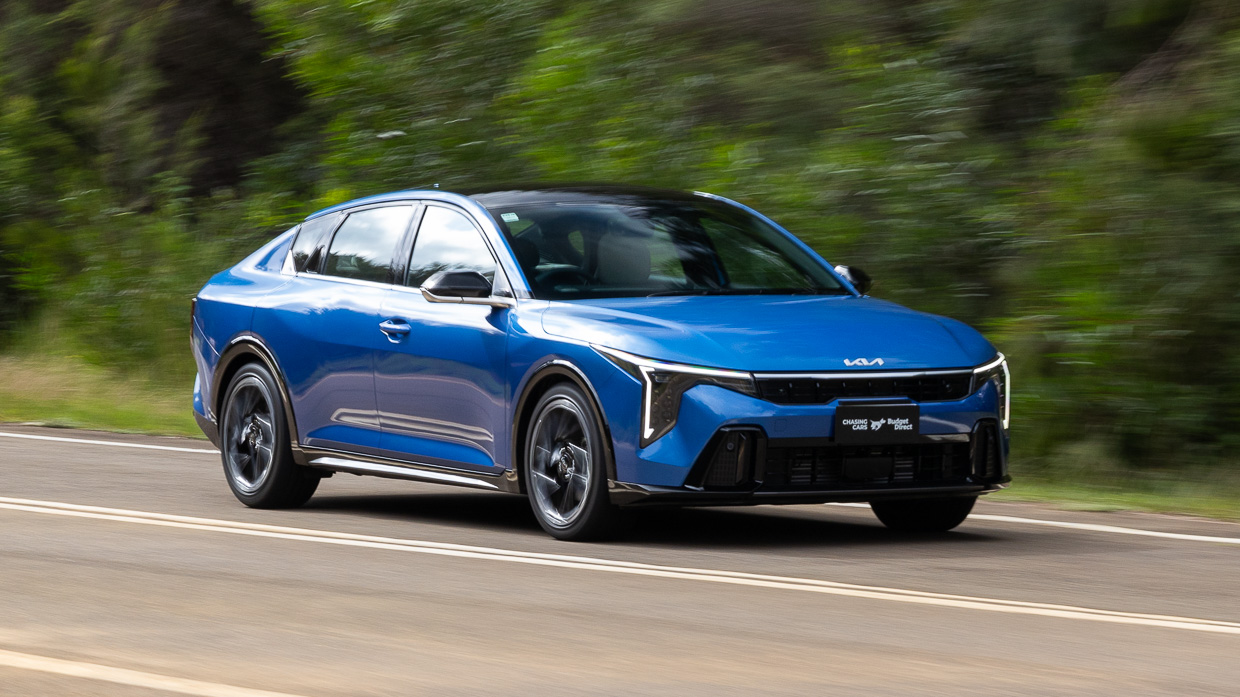
Our time in the one-grade-down Sport+ revealed it offers a far quieter and more compliant ride than the K4 flagship, while also illustrating more than competent dynamics.
The GT-Line takes the latter up a notch, its grippier rubber raising the understeer threshold and its firmer suspension set-up keeping this K4 just that little bit more planted.
It’s also the GT-Line’s more responsive 1.6L turbo engine that gives the driver more to work with, providing a semblance of torque unlike the weedy 2.0L and continuing to be willing even as revs climb into the higher reaches of the tacho.
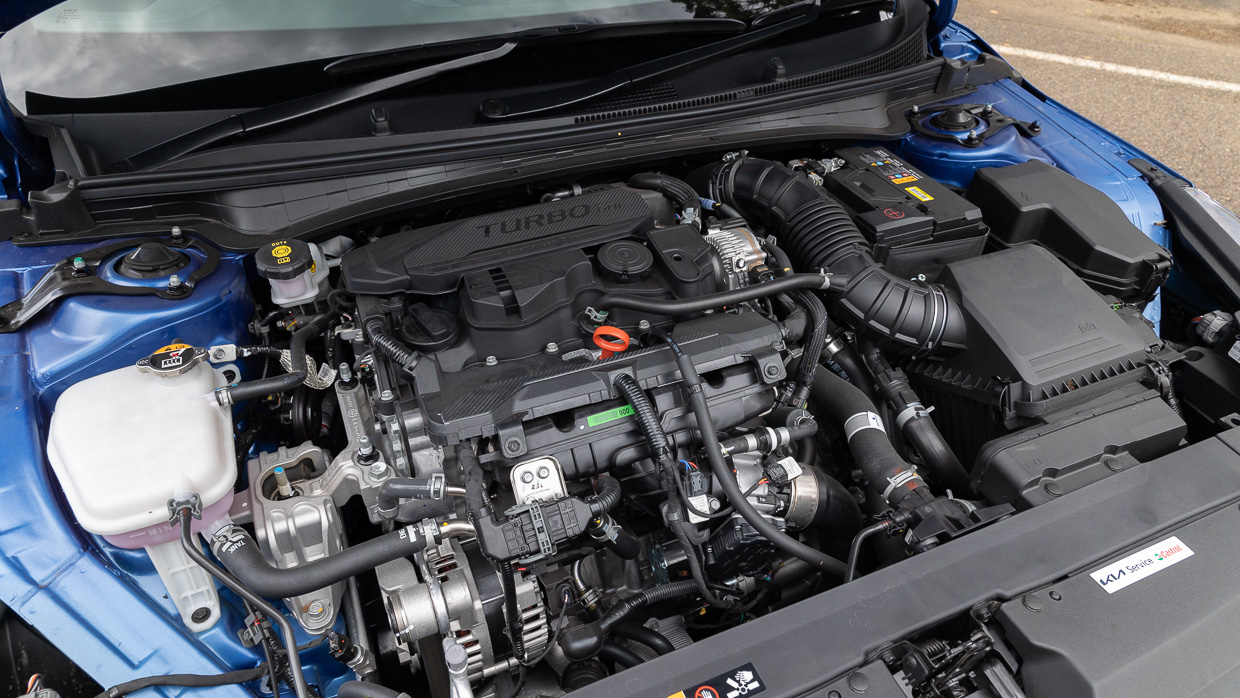
However, the turbo’s response is highly variable, needing Sport mode and use of the paddleshift levers for manual gear selection to properly match the driver’s accelerator pedal requests.
In normal driving, with drive mode in the default Normal, the drivetrain feels laggier, not helped by an eight-speed auto that feels less decisive about changing gears compared with the seven-speed dual-clutch auto that featured in the outgoing Cerato GT and remains in the rival i30 Sedan N-Line.
And while the GT-Line emits an interesting growl at lower revs, it sounds less inspiring as speeds rise.
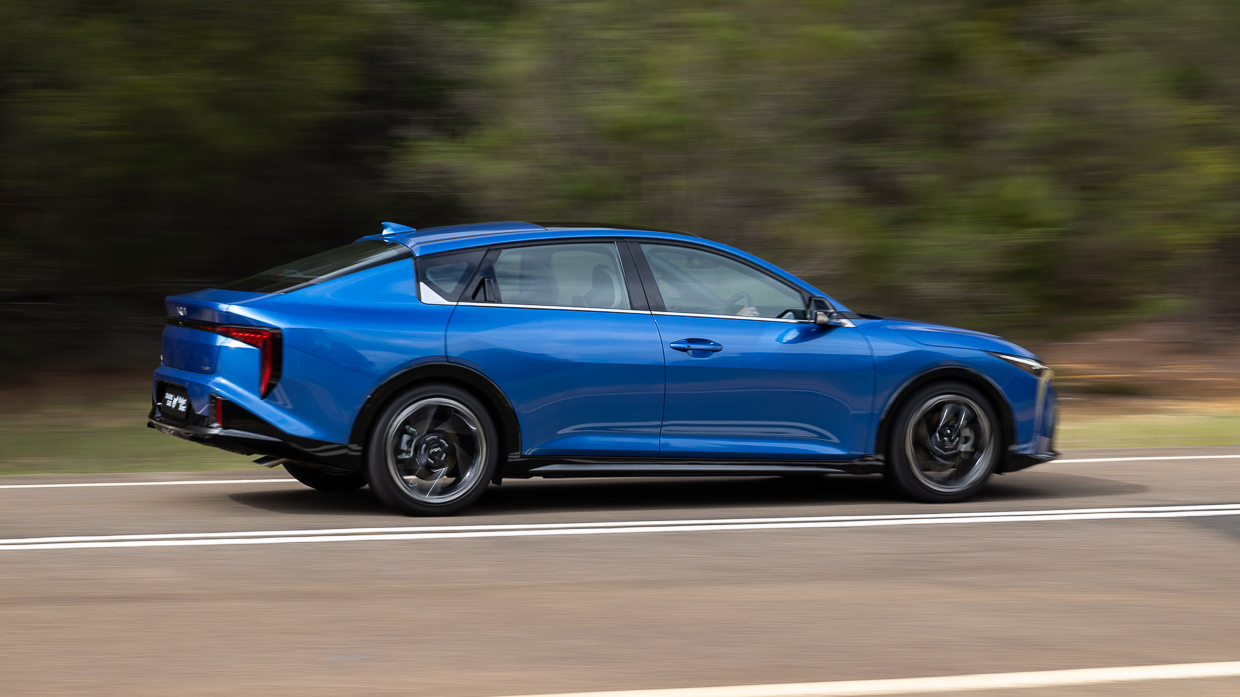
It remains a clear pick over the insipid 2.0L that has to be worked hard for even moderate pace and compounds disappointment by actually being thirstier than the turbo 1.6L – officially rated at 7.4 litres per 100km v 6.7L/100km. Credit to Kia’s turbo engine, too, for also running on regular unleaded.
A third drivetrain option remains unanswered for now: the 1.6L petrol-electric hybrid currently offered in the related i30 Sedan and good for official consumption of 3.9L/100km. Kia Australia says it has “put its hand up for it”, and it would be a surprise not to see it added to the range sometime later this year.
At the time of publishing this review, no ANCAP rating is available for the K4 so it’s unclear how it would perform in a crash but it does feature a host of airbags including a front-centre airbag to better protect both the driver and passenger.
Advanced forwards AEB with cyclist, pedestrian and junction detection along with rear cross-traffic brake should also help prevent a few would-be bingles.
However, Kia’s promises of improved calibration of driver assistance systems haven’t materialised in the K4.
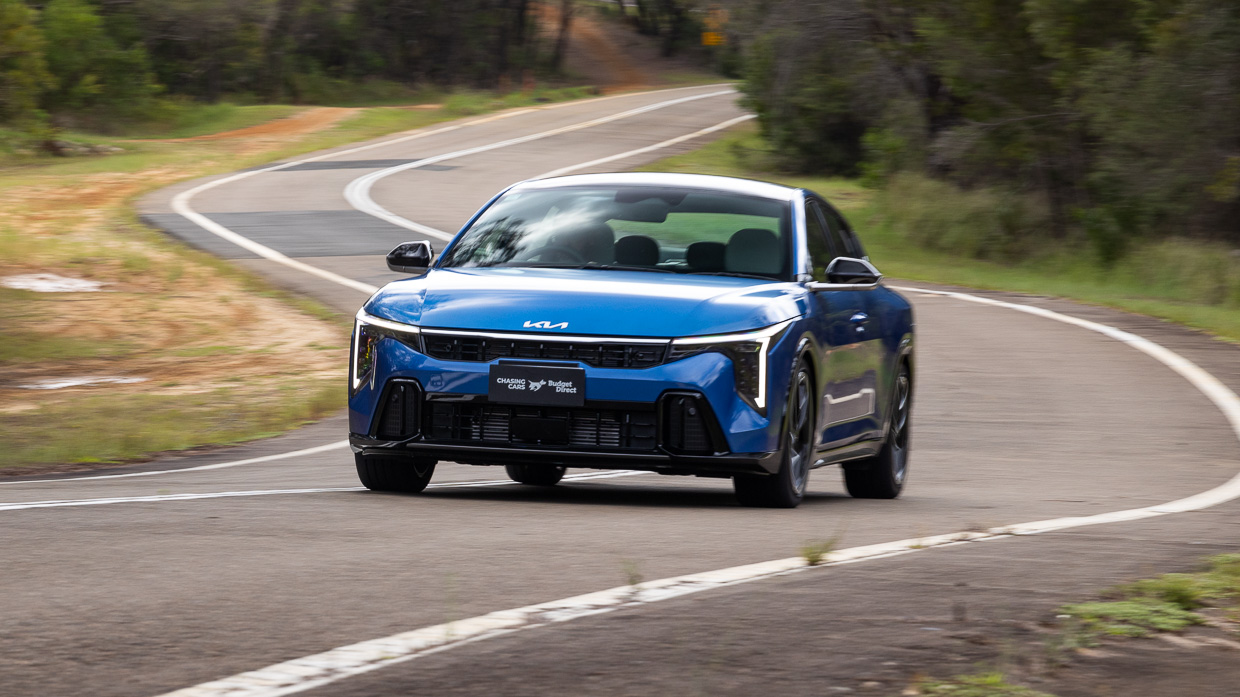
The speed-limit and lane-keep systems still frustrate driver (and passengers) with their regular beeping, and remain stubborn defaults that return to action every time the K4 is switched off and back on again.
An additional annoyance has then been added with the driver monitor, which places a small camera on the steering wheel but regularly tries to inform you that you’re not paying attention even when you’d swear you’ve been staring straight ahead at the road.
A rare upside for the 2.0L K4s is lower servicing costs, as well as shorter maintenance intervals.
Over five years, for example, service costs total $2196 for S, Sport and Sport+ grades; over the same period, the GT-Line requires a $2435 outlay. Not exactly a decisive difference, though the turbo’s 10,000km intervals aren’t ideal where the 2.0L models get the average-typical 15,000km.
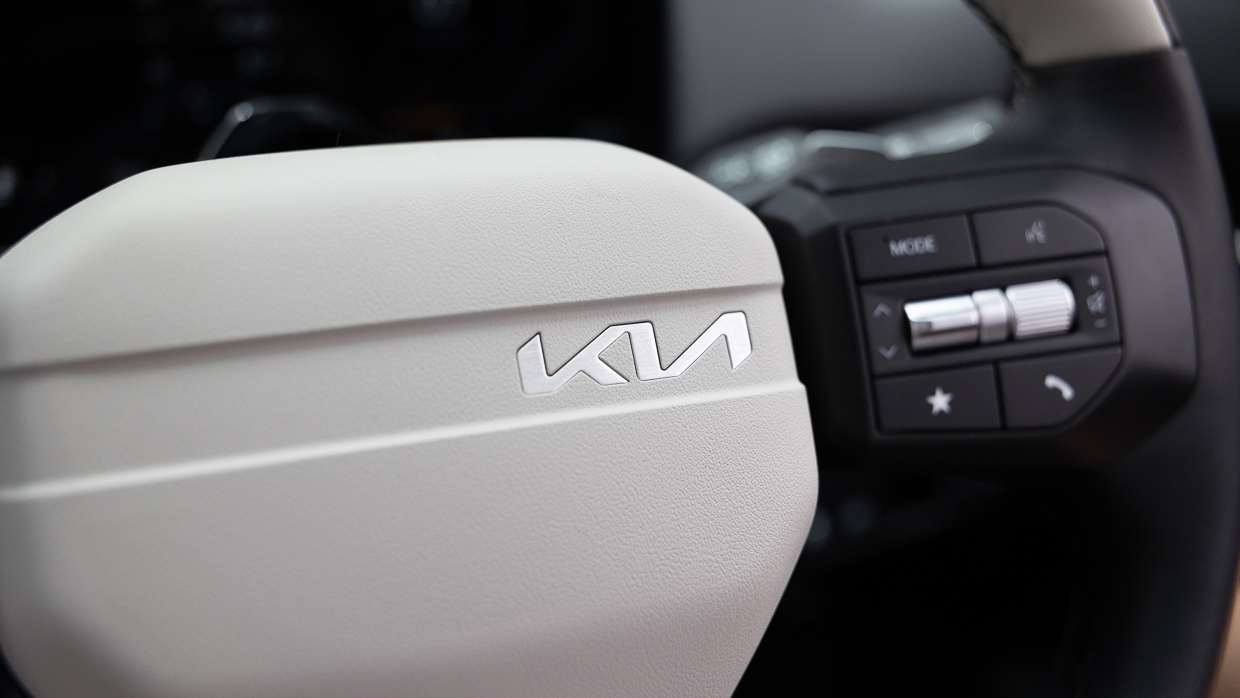
The K4 is covered by Kia’s seven-year, unlimited-kilometre warranty.
Design may be subjective, but what’s inarguable is that the K4’s styling stands out in a way the Cerato never did over more than two decades.
The interior, if comparatively conservative to the exterior, has also stepped up in ambition.
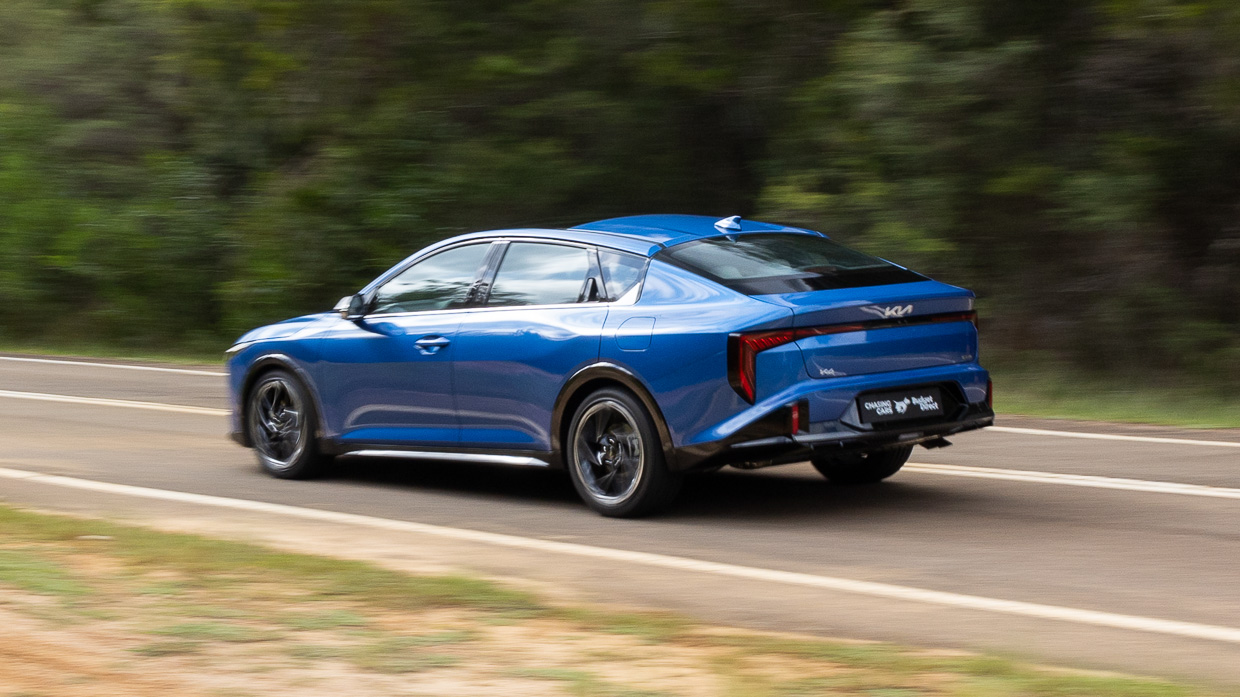
Yet while Kia’s “big small car” has changed dramatically in both looks and name, it doesn’t feel as all-new as hoped.
Nowhere is this more obvious than the engine bay, where three-quarters of the K4 range is burdened with an outdated and underdone 2.0L A K4 Hybrid, if confirmed, could move things in a more positive direction here.
As for the GT-Line specifically, it’s a likeable vehicle offering more respectable performance and the smartest K4 interior. It just feels like a car still deciding whether it wants to be a pseudo-luxury sedan or sporty four-door.
Key specs (as tested)
About Chasing cars
Chasing Cars reviews are 100% independent.
Because we are powered by Budget Direct Insurance, we don’t receive advertising or sales revenue from car manufacturers.
We’re truly independent – giving you Australia’s best car reviews.
The estimate provided does not take into account your personal circumstances but is intended to give a general indication of the cost of insurance, in order to obtain a complete quote, please visit www.budgetdirect.com.au. Estimate includes 15%^ online discount.
^Conditions Apply
Budget Direct Insurance arranged by Auto & General Services Pty Ltd ACN 003 617 909(AGS) AFSL 241 411, for and on behalf of the insurer, Auto & General Insurance Company Limited(ABN 42 111 586 353, AFSL 285 571).Because we don’t know your financial needs, we can’t advise you if this insurance will suit you. You should consider your needs and the Product Disclosure Statement before making a decision to buy insurance. Terms and conditions apply.
Indicative quote based on assumptions including postcode , 40 year old male with no offences, licence suspensions or claims in the last 5 years, a NCD Rating 1 and no younger drivers listed. White car, driven up to 10,000kms a year, unfinanced, with no modifications, factory options and/or non-standard accessories, private use only and garaged at night.
^Online Discounts Terms & Conditions
1. Discounts apply to the premium paid for a new Budget Direct Gold Comprehensive Car Insurance, Third Party Property Only or Third Party Property, Fire & Theft Insurance policy initiated online on or after 29 March 2017. Discounts do not apply to optional Roadside Assistance.
2. Discounts do not apply to any renewal offer of insurance.
3. Discounts only apply to the insurance portion of the premium. Discounts are applied before government charges, taxes, levies and fees, including instalment processing fees (as applicable). The full extent of discounts may therefore be impacted.
4. We reserve the right to change the offer without notice.